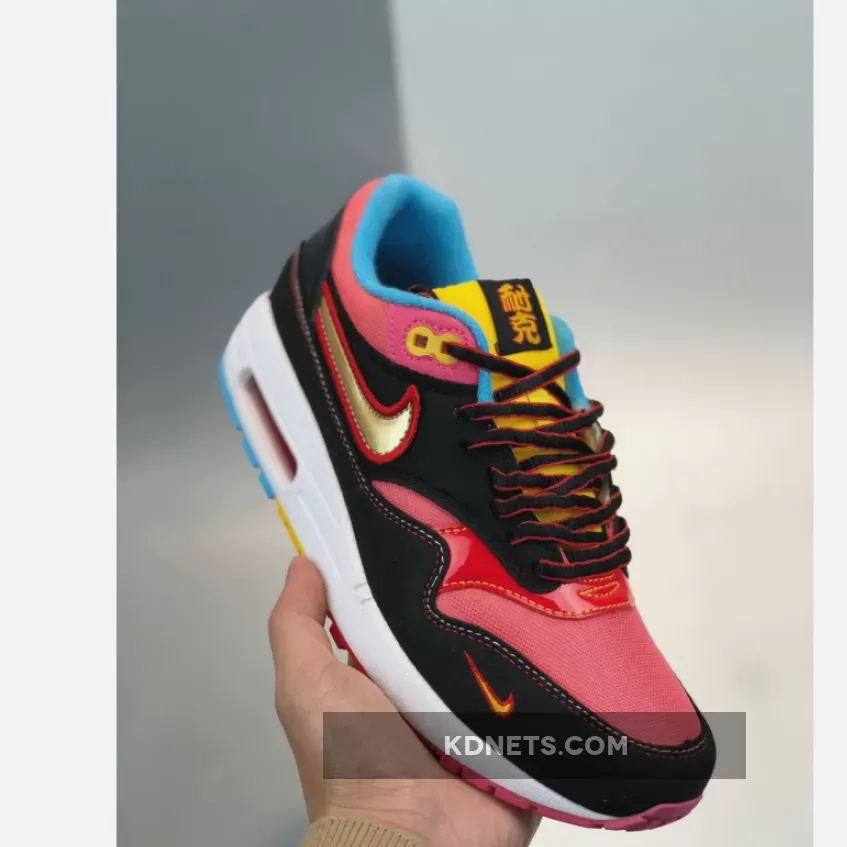Nike’s journey to become the world’s leading footwear brand was significantly influenced by its manufacturing location decisions. For decades, China was central to their production, but the company has recently shifted its focus to other countries.
Early Days in China:
Nike’s relationship with China began in the 1980s, when the brand recognized the potential of a burgeoning market with insatiable demand for athletic footwear. Factories in China offered lower production costs and access to materials, enabling Nike to expand their product range and reach.
For years, China remained the primary manufacturing hub for Nike sneakers. The company established numerous factories in the country, employing thousands of workers and churning out millions of pairs of shoes annually. This period witnessed phenomenal growth for Nike, establishing them as a household name in China and beyond.
Shifting Gears:
However, towards the end of the 2010s, Nike began to diversify its manufacturing base. Concerns over labor practices and rising costs in China, coupled with government restrictions, prompted the company to explore alternative locations.
Vietnam, Indonesia, and other Southeast Asian countries emerged as viable alternatives. These countries offered similar access to labor and resources, but with lower costs and more favorable labor regulations. Nike strategically shifted production to these countries, ensuring continuity of supply and cost efficiency.
Challenges and Opportunities:
The transition away from China wasn’t without challenges. Nike had to adapt to different manufacturing environments and workforces, leading to temporary production disruptions and logistical challenges. However, the company also recognized the opportunity to expand its production capacity and leverage local expertise in its new locations.
Present-Day Manufacturing:
Today, Nike shoes are primarily manufactured in Vietnam, China, and Indonesia. While its design and development remain in the United States, the company sources materials from around the world and employs thousands of workers in its various factories.
Conclusion:
Nike’s journey from a China-centric manufacturing powerhouse to a globally diversified supplier demonstrates the company’s adaptability and resilience. By strategically relocating production to different countries, Nike has ensured cost-efficiency, improved labor practices, and maintained its position as a leader in the footwear industry.
 CLICK HERE TO Buy : Nike Air Max 1 ‘CNY’ Light Smoke Grey/Black-Laser Blue-University Gold / Nike Air Max 1 Cny
CLICK HERE TO Buy : Nike Air Max 1 ‘CNY’ Light Smoke Grey/Black-Laser Blue-University Gold / Nike Air Max 1 Cny
